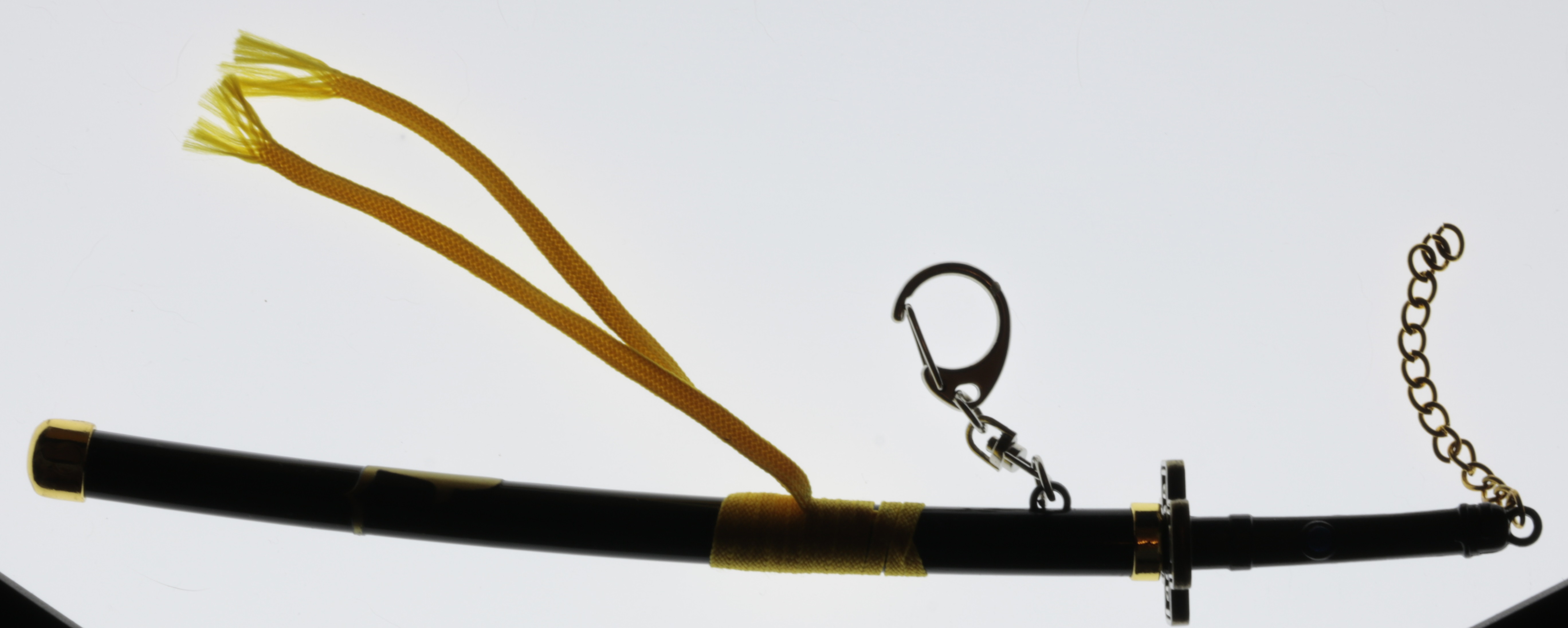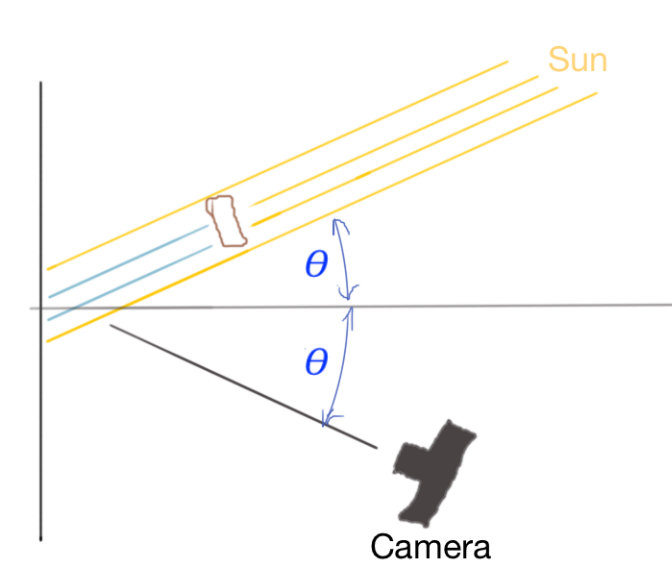I'm creating a set up that allows me to take photos of any object to capture its outlines for computer controlled cutouts. I'm no photography expert :D.
I use a 60 x 60cm LED Light panel to illuminate the surface to prevent shadows to get a clean picture, and a Canon 750D Kit (18-55mm Kit)
Adjusting some f-stop settings and shutter speed to get such an image. But i have a problem of distortion.
Using Adobe Illustrator, I will use Image Trace to get the outlines, to get an vector outline for a CNC router, and export as a Vector file. Whatever that is white, will be ignored. So technically speaking, i only need a silhouette shot :)
But i think I have a problem of Barrel Distortion, I'm not sure if this is a right type of distortion. Here is an image of a 'Samurai' Keychain from someone.
Notice the image near the sword handle (marked in a red square), It seems to look like a "diagonal/slanted" shot, which will cause a problem for me, because the outline will be thicker than the actual thickness of the guard, after image trace.
My question is: IS there any way or type of lens, at least not too expensive, to be able to take pictures of objects with the minimal or no distortion?




